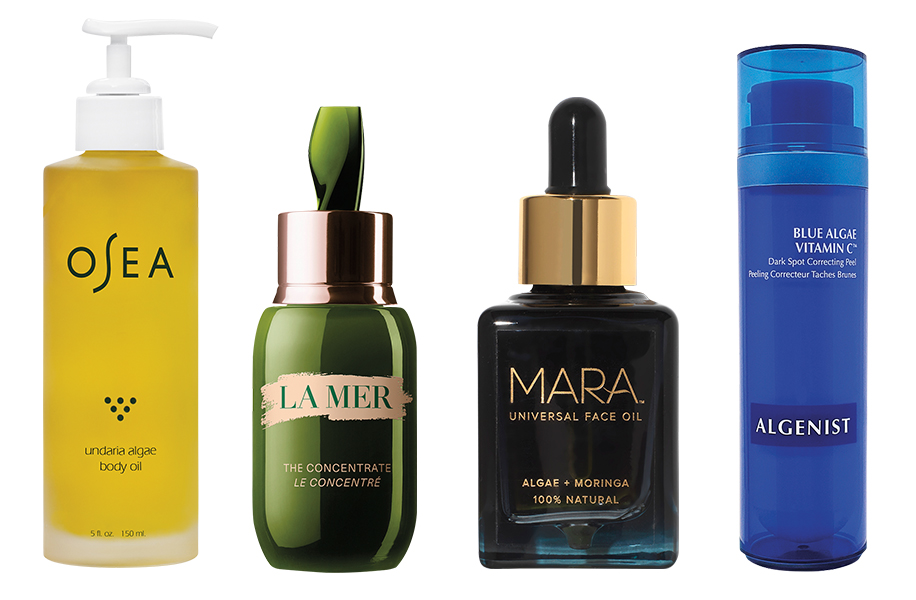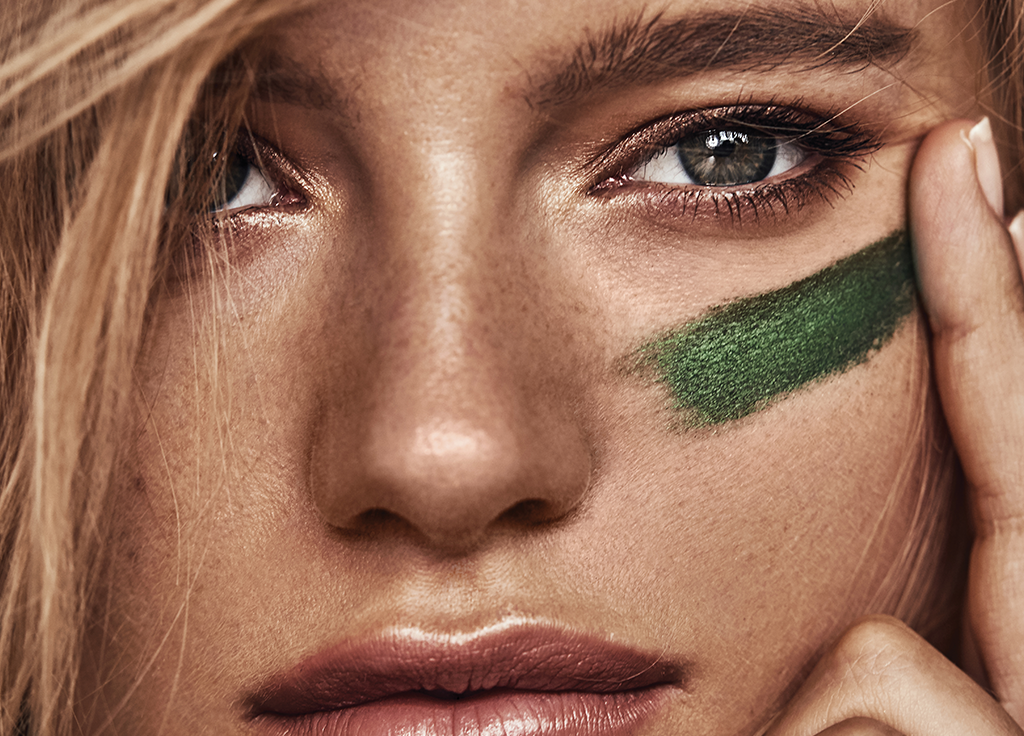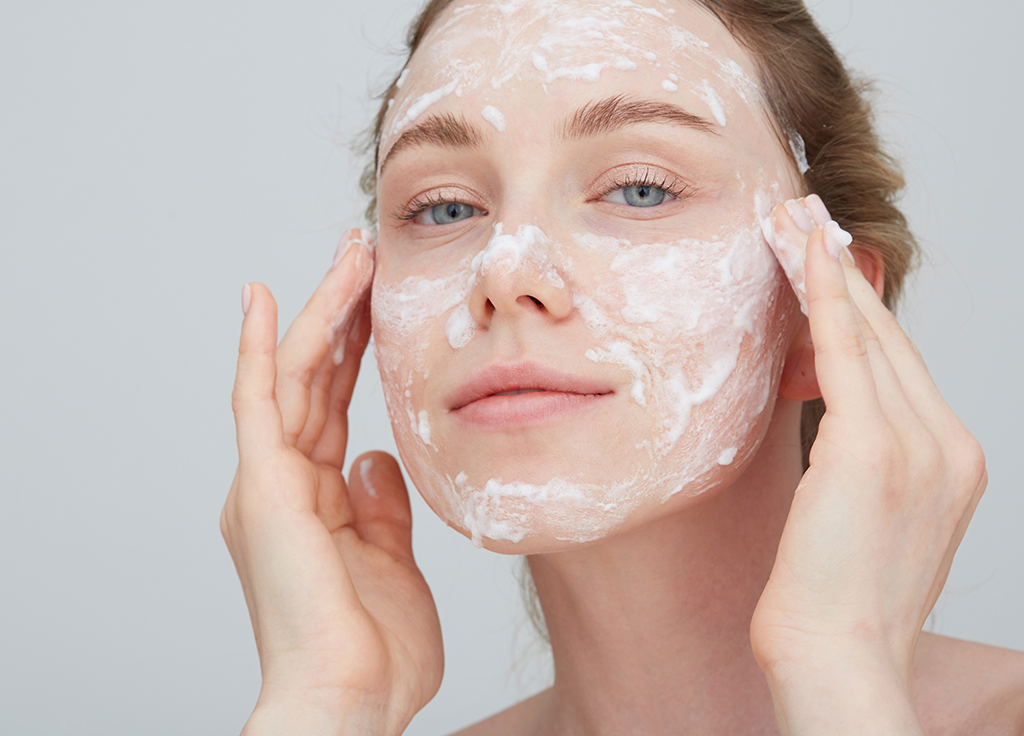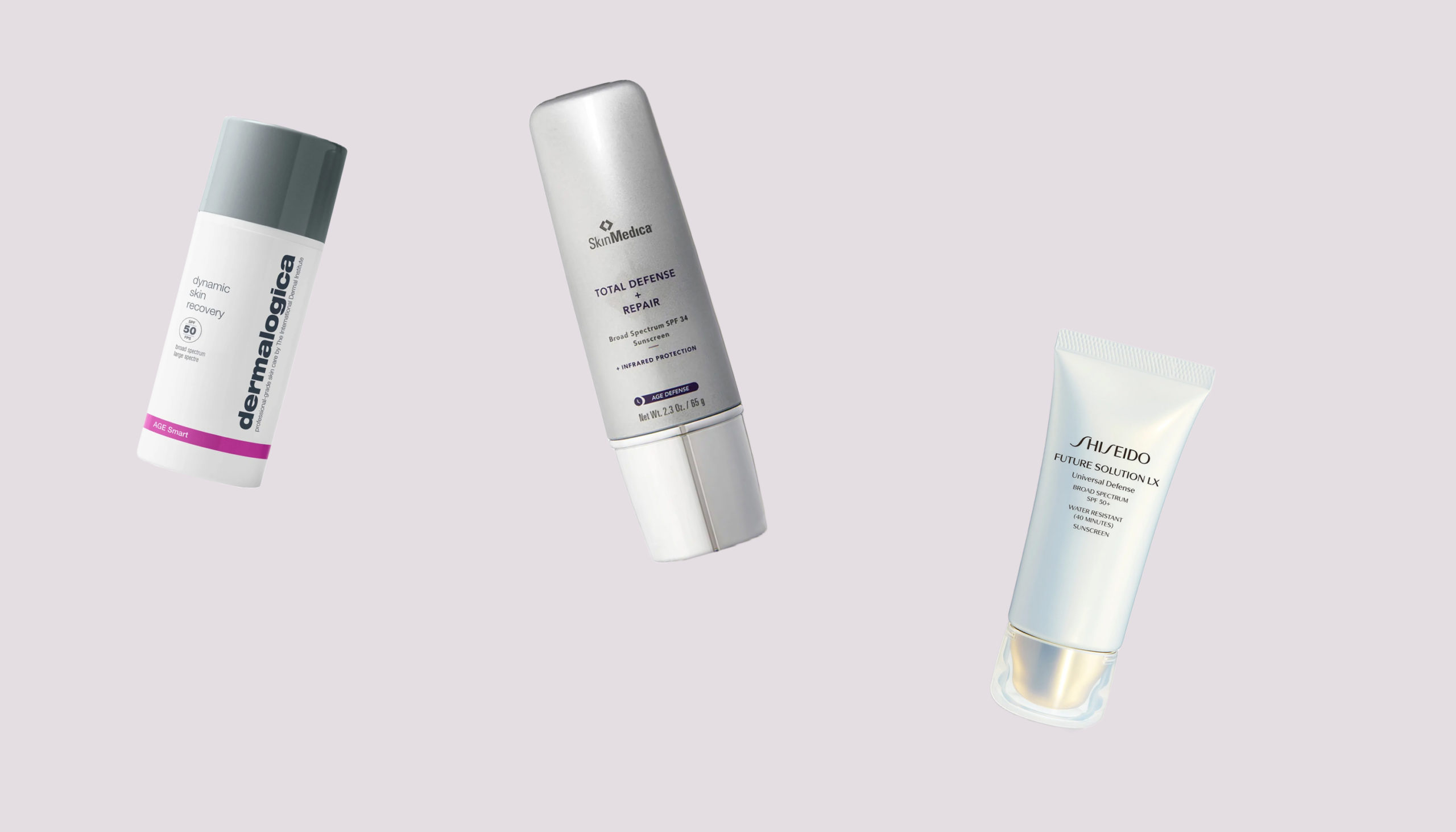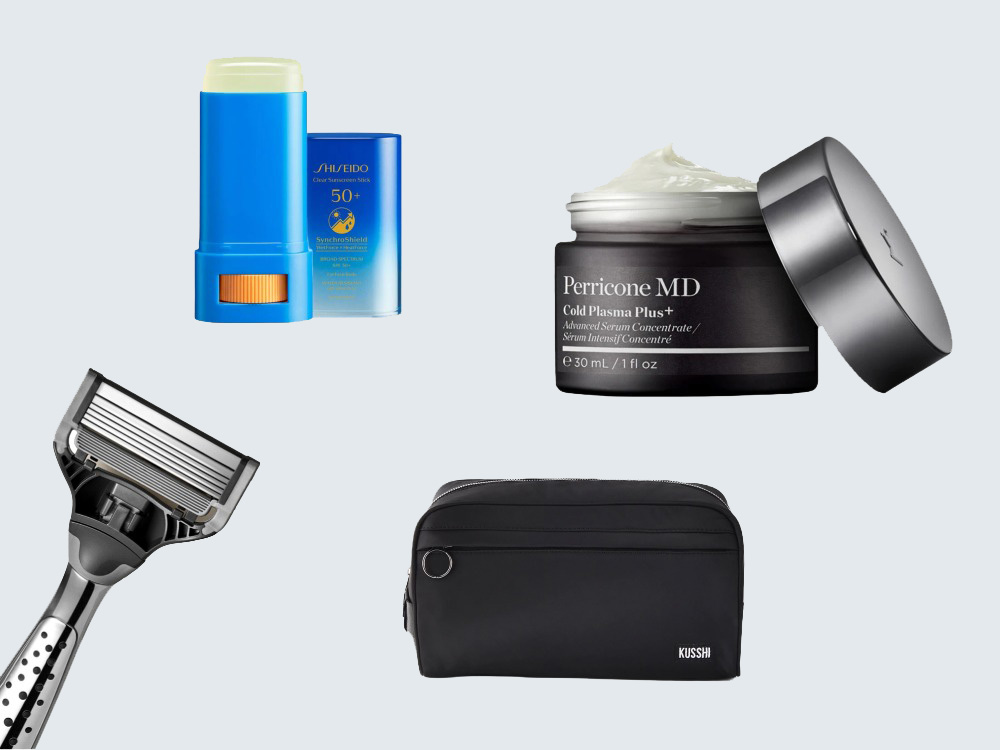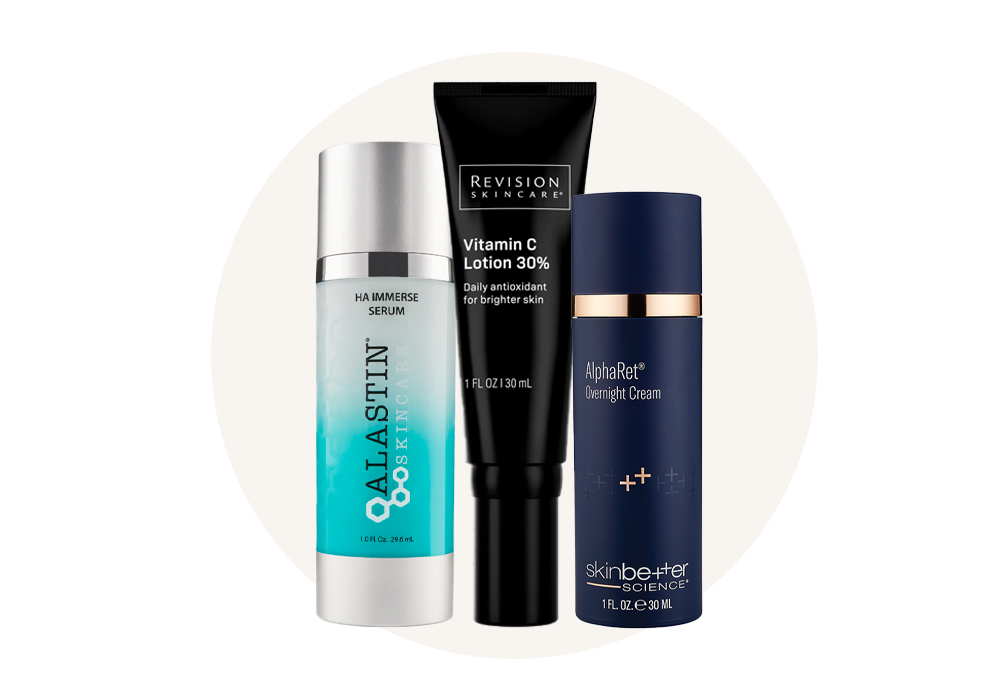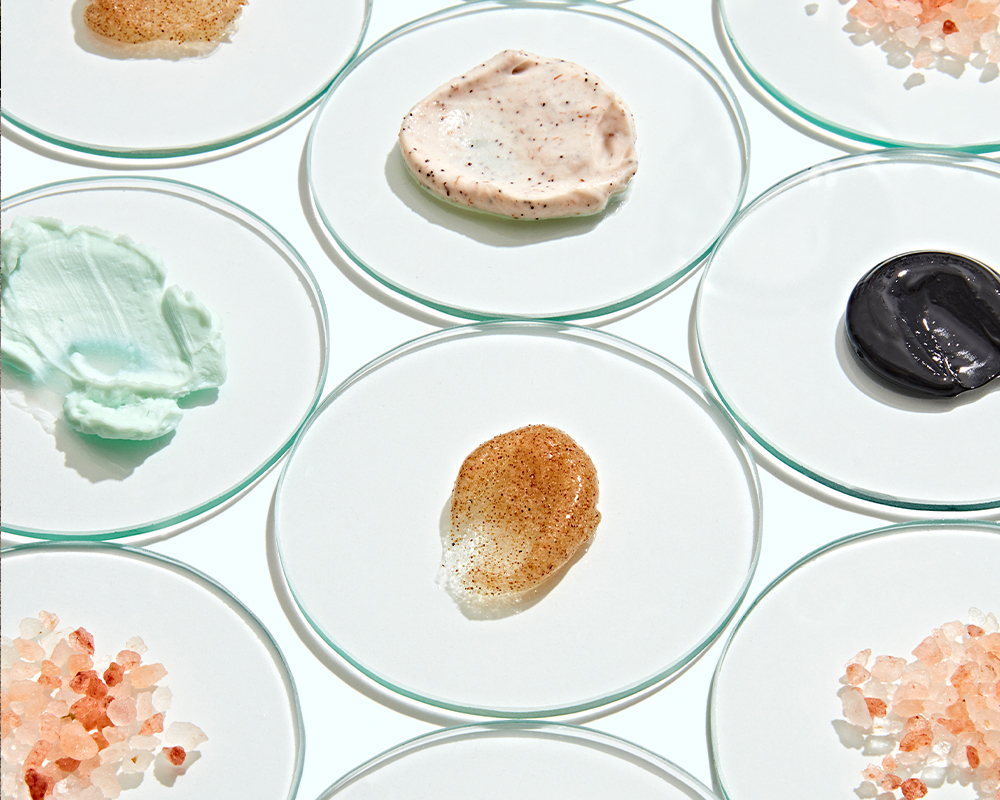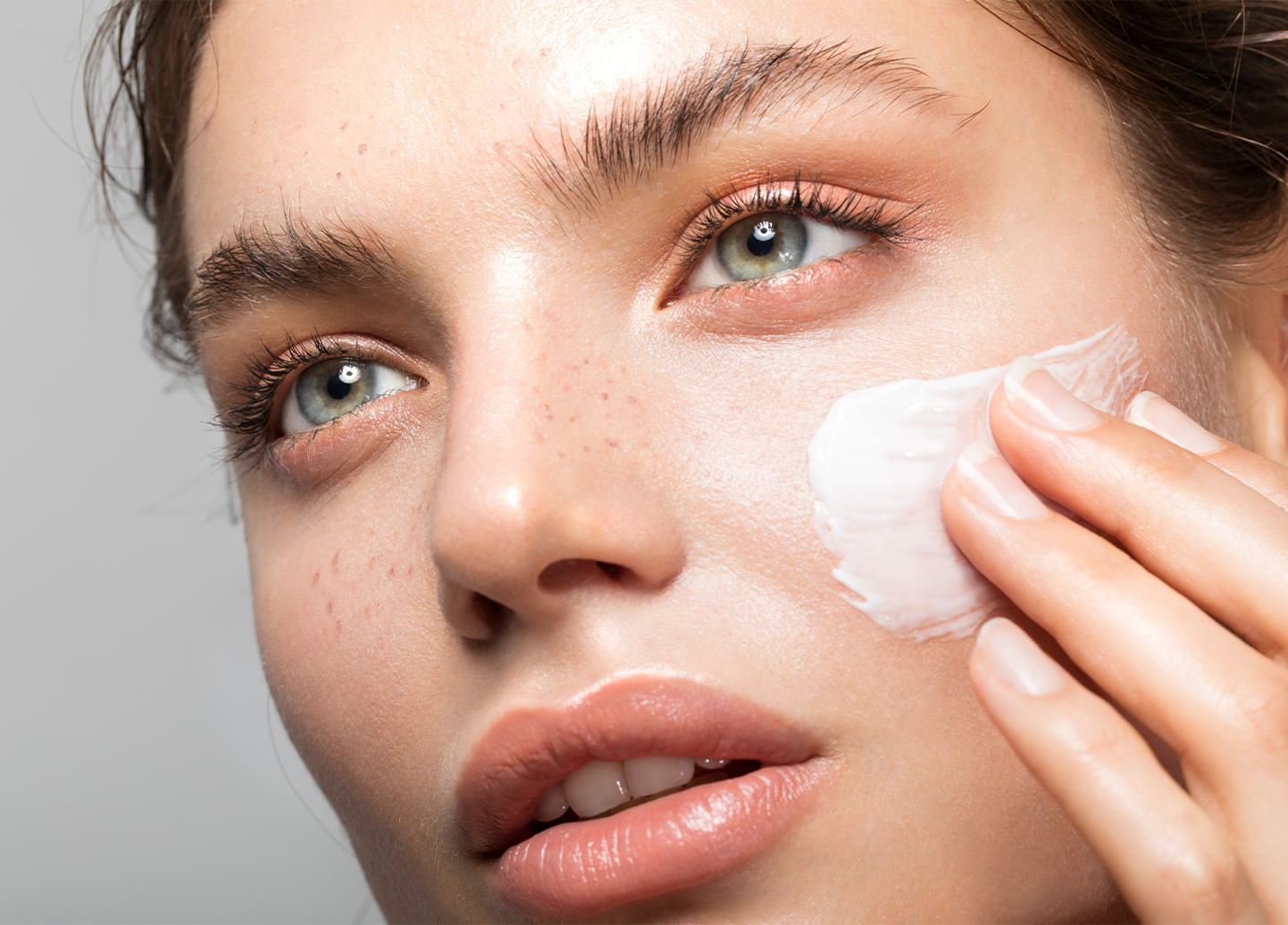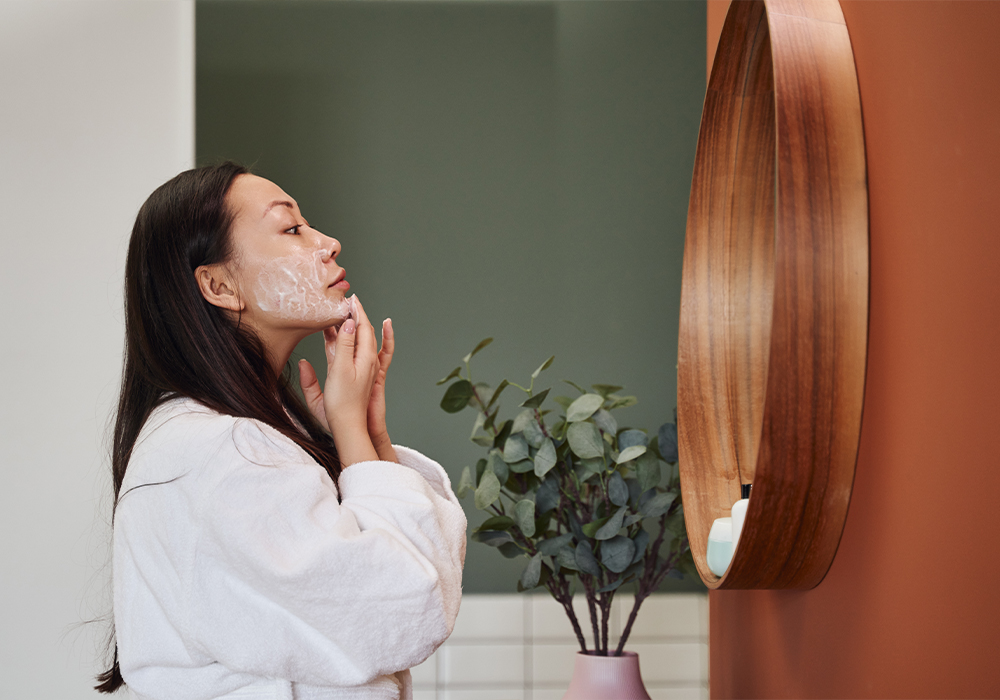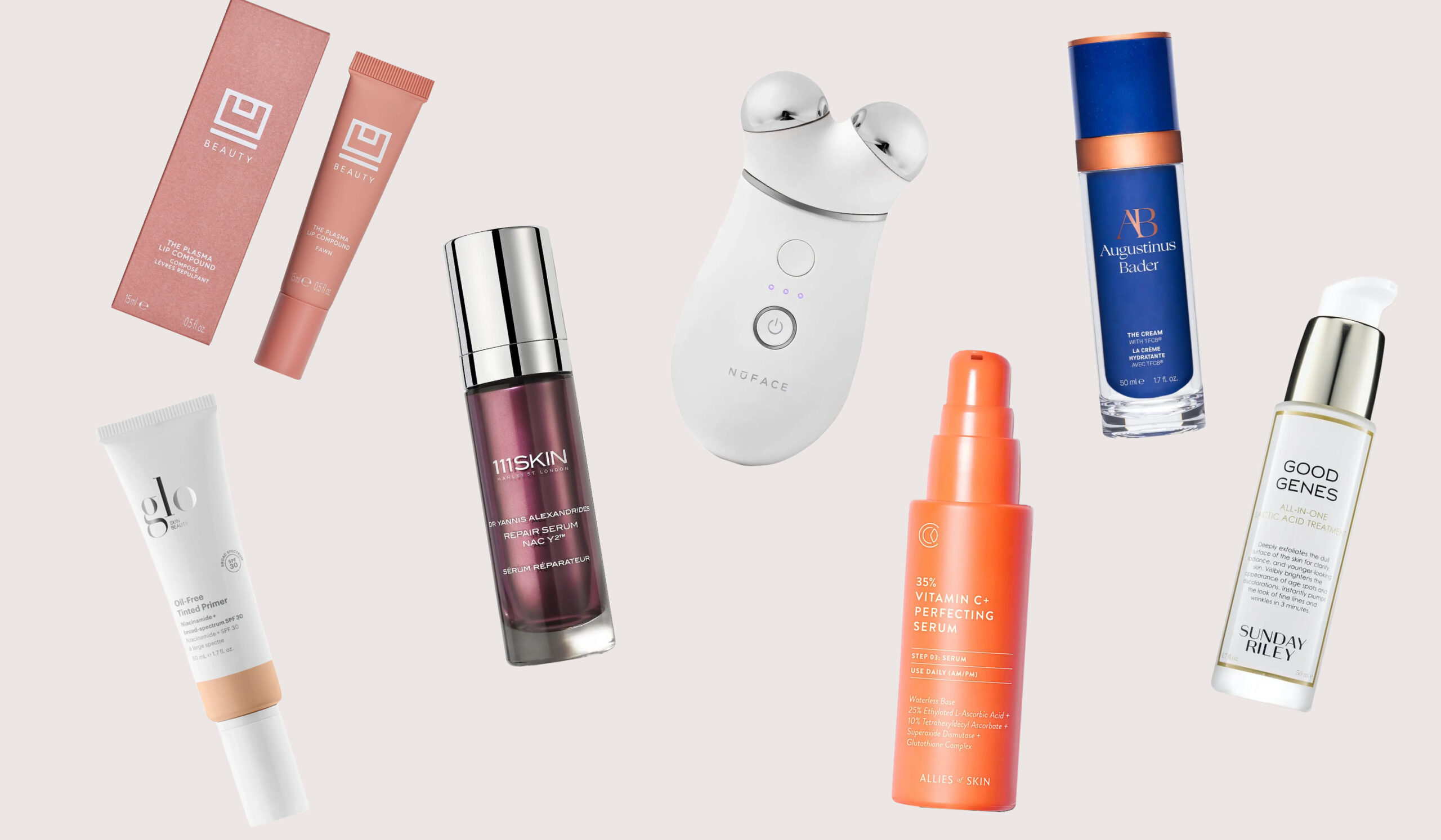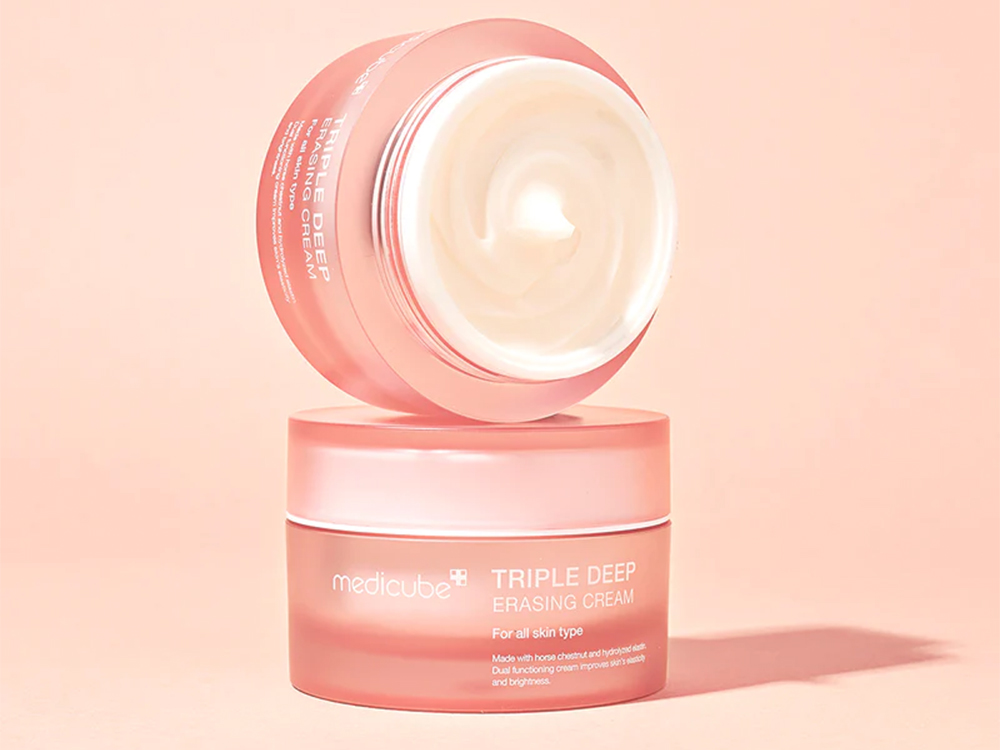Slimy seaweed brushing against our legs in cloudy water is enough to make our skin crawl, but an algae-infused serum that promises to brighten and hydrate dull skin? Sign us up.
The Algae Effect
Of the more than 30,000 identified species of algae, only about a dozen have been studied for their use in skin care. “Some forms of algae are the ancestors to all land plants, which shows the resilience, vitality and strength of these simple plants,” says Allison McNamara, founder of Mara Skincare. Ginger King, a cosmetic chemist with expertise in marine ingredients, says algae is a gold mine for skin care. “Scientists and aquaculturists have figured out ways to extract high amounts of amino acids, vitamins, minerals, essential fatty acids and antioxidants from the seaweed, which can then be infused into skin-care products to moisturize and detoxify skin, as well as boost microcirculation and protect cells from oxidative damage.”
The 2 Types
There are two main categories of algae: macro and micro. Macroalgae (seaweed) are multicellular marine plants found in clean, coastal waters, and are divided into three groups based on their pigment: brown (aka kelp), red and green. “Macroalgae form a larger physical plant that you can actually see and feel,” McNamara says. Microalgae—you’ve probably heard of two popular types, spirulina and chlorella—are unicellular and invisible to the naked eye. “These have a smaller molecular weight, which means they can better penetrate the skin,” King explains. However, this doesn’t necessarily mean micro is better, she adds: “Both types have unique properties, and they’re actually often combined into one formula for enhanced effects.”
Macroalgae

Brown Algae (phaeophyceae)
The most widely used type of macroalgae in skin care, brown algae—laminaria digitata and laminaria saccharina are two kinds you’ll often see on ingredient labels—contains phlorotannins, which absorb certain UV light to act as an antioxidant and free-radical fighter. “This is how brown algae can improve the skin’s collagen quality and also lighten the skin,” explains New York dermatologist Rita Linkner, MD. “It also has fucoidan in it, which can help with wound healing by protecting elastic fibers in the skin from breaking down over time.” King adds that brown algae is known for its moisturizing benefits, too. In one study, researchers tested five different types of algae—one brown, one red and three green—to see how much water they’d absorb and then retain over time, and compared them to hyaluronic acid (HA). The low molecular–weight brown algae showed the most promising results, and even outperformed the HA.

Red Algae (rhodophyta)
These types of algae are a rich source of bioactive polysaccharides, like carrageenan, which help boost skin’s barrier function and moisture retention, as well as reduce lines and wrinkles. According to King, red algae also improves microcirculation in the skin, which allows any active ingredients applied afterward to work better and faster. As a result, many skindetoxifying masks contain red algaes, such as Irish Moss and lithothamnium calcareum, so they can gently exfoliate, open the pores and prep the skin for serums and moisturizers. Dr. Linkner says red algae boasts “mycosporine-like amino acids (MAAs), which have been shown in studies to improve skin firmness and smoothness when applied topically, as well as absorb certain wavelengths of UV light.” To make the most of these photoprotective and antioxidant effects, she recommends applying algae products in the morning.

Green Algae (chlorophyta)
Considered the most antioxidant-rich of the three macroalgaes thanks to its chlorophyll pigment, green algae has been shown to repair DNA deterioration associated with long-term sun damage, says Dr. Linkner. “This group of algae is commonly known as photolysosomes, which can manipulate light to reverse UV oxidation,” she adds, “and this type of defense mechanism is now being incorporated in new-age sunscreens.” Green algae is also loaded with brightening vitamin C, which has the power to inhibit tyrosinase, an enzyme that promotes melanin production in the skin, leading to dark spots and discoloration.
Microalgae

Spirulina + Chlorella
Most modern skin-care products containing algae feature a combination of nutrient-dense macro plants and micro-organisms. Two popularized microalgae are spirulina, a cyanobacteria that is easily identified by its vibrant blue-green color, which comes from a pigment called phycocyanin; and chlorella, a green microalgae that grows in fresh water. Both have been deemed “beauty superfoods” for not only their antioxidant capability—they assist in neutralizing the free radicals and other toxins that result from skin’s exposure to UV rays and pollution—but also their anti-inflammatory and brightening properties. Together, these make for a powerful defense against signs of aging.
Algenist recently discovered a way to extract pure L-ascorbic acid (a form of vitamin C) from spirulina, which is the key ingredient—and first of its kind—in its latest product. “In our studies, this new blue algae vitamin C outperformed other tested, commonly used forms of vitamin C and other brightening ingredients used for targeting pigmentation specifically,” says Tammy Yaiser, vice president of product development for Algenist.
Marine Corps
McNamara counts algae as one of the key reasons why she, along with other marine-centric skin-care brands, believe the ocean is our living fountain of youth. It’s considered the secret sauce in not only her products, but also La Mer’s Miracle Broth, Algenist’s patented alguronic acid and OSEA’s plant-based formulas—and the list goes on.
The Body Oil: OSEA Undaria Algae Body Oil ($48)
The Serum: La Mer The Concentrate ($530)
The Face Oil: MARA Algae + Moringa Universal Face Oil ($72)
The Peel: Algenist Blue Algae Vitamin C Dark Spot Correcting Peel ($85)
